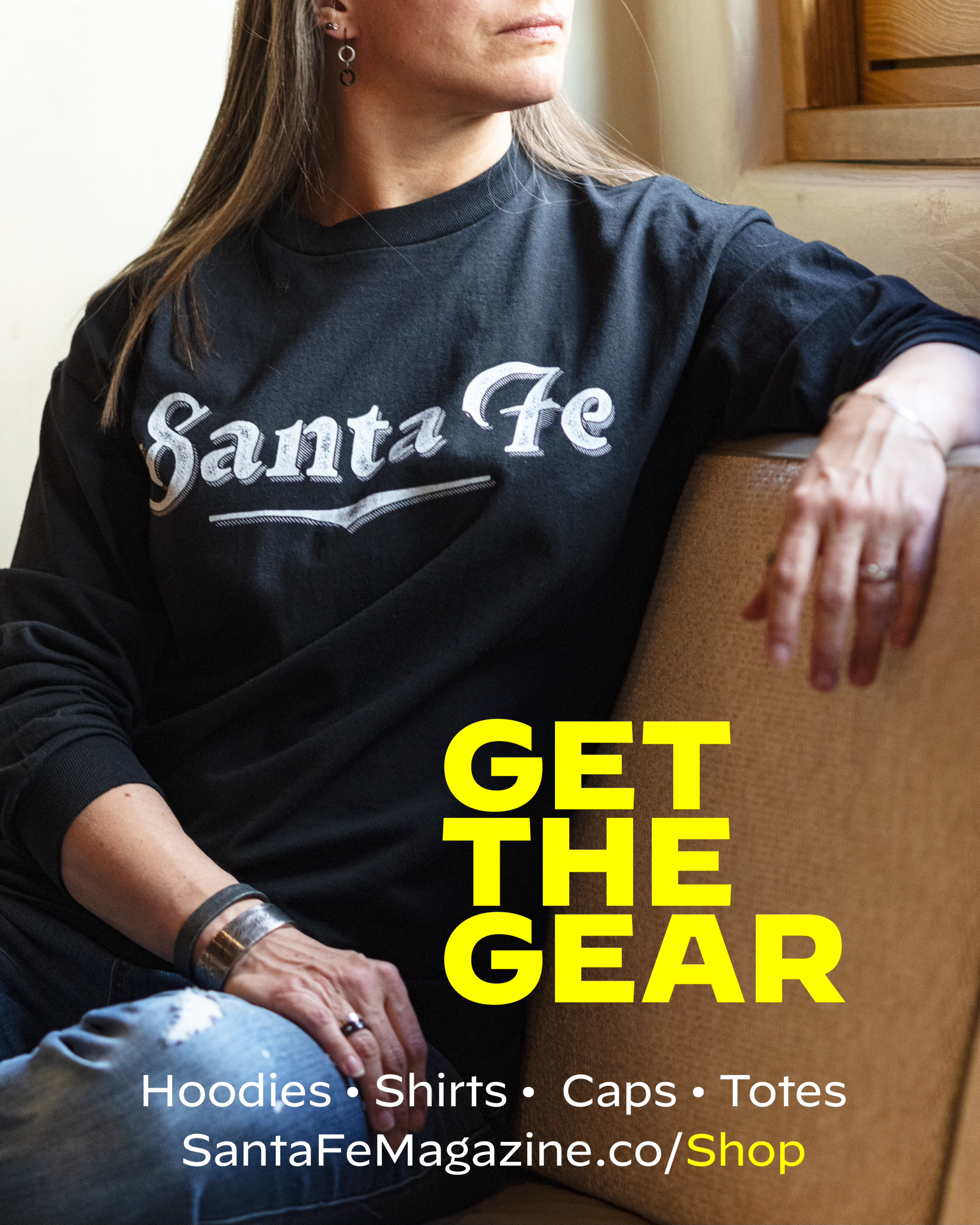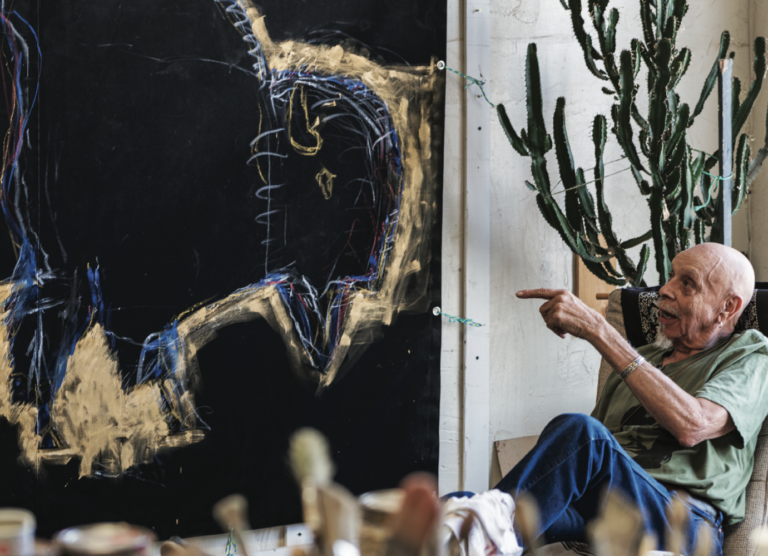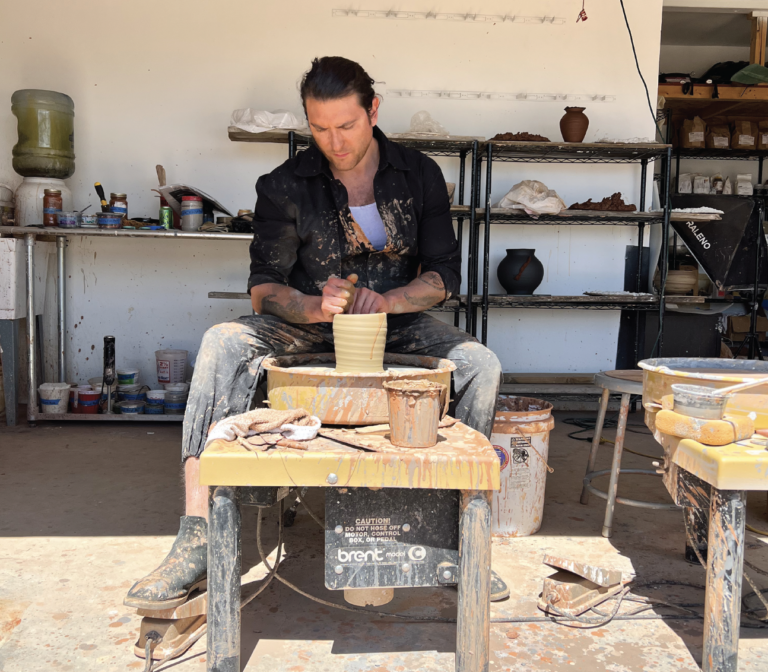IF YOU WERE A LITTLE BOY growing up in, say, the 1970s, it’s hard to imagine a cooler job than designing a truck. And what if that truck happened to be the best-selling, most iconic truck in American history? Yeah, how about if you could decide what the Ford F-150 looked like? That’s about as good as it gets.
Or so you thought. Let’s go a step further. What if you could also design the most iconic motorcycle in America, the Harley-Davidson?
Seems absurd that one person would get to do both of those things, but he did –
because he’s a damn good designer, one who pushed Ford into the future and has now pushed Harley into the age of electric vehicles.
Lucky boy. Meet Brad Richards.
How does one become Creative Director of Motorcycles for Harley-Davidson?
I was always the kid in the back of the classroom drawing in the margins of my notebooks. I didn’t do very well in school.
I couldn’t find my place until I went to a vocational center and started studying art and graphic design. I also painted a lot, as my mother was a painter. So I was doing these big abstract paintings out of tempura and egg yolk in our basement just for fun, and my mom says, Let’s enter them in the Scholastic Awards. Against all odds, I won and got a scholarship to a design school in Detroit. The first day, I was walking around campus and I found the industrial design studio; I saw clay models of cars and motorcycles, and I was like, Oh, that’s it. That’s it.
When I graduated from high school, I applied to an industrial design program. I loved automotive design, motorcycle design, and airplane design, and I really couldn’t pick a focus. I graduated with a degree in product design and started doing high-end residential and commercial furniture for a company that worked with Herman Miller.
Amazingly, the owner of the company was very interested in automotive design and started a sort of skunkworks that he asked me to run. I was, like, twenty-two and had no clue, but we did really well and actually started doing work for Ford.
Then one day, Ford called me directly and said they wanted to hire me. I joined. They put me in trucks, and I stayed there for nineteen years. I designed four F-150s, three F-350s, and the Raptor. The aluminum F-150 in my driveway is the last thing I designed.
During that time, the folks that were running Ford’s design business thought maybe I had potential in leadership and sent me to be the chief designer of a small car studio in Cologne. I was there for only three or four months when I got a call from a headhunter who said Harley was looking for a design director.
Well, here’s the deal: I had been seriously into motorcycles since I was in my early twenties. Vintage Harley-Davidsons – that was my thing. I went to all of the swap meets and collected them. I found the essence of the brand through the vintage bikes. To be honest, I didn’t totally connect with the current archetype of the Harley guy, but I just loved that these bikes were made in the Midwest (where I’m from), that the four founders were just regular guys, that everyone liked the brand and wanted it to win. It seemed very authentic. Much like Ford, actually. They were actually both started in the same year: 1903.
So when I was at Ford, I did a lot of track time with high-performance test vehicles. But for me, riding the slowest little motorcycle was ten times more thrilling than racing one of those super-cars.
Riding instantaneously wipes all of the peripheral thoughts and noise away, and you are just totally connected to the moment. Zen in an instant.
So of course I took the job. And I’ve been at Harley for about eight years.
What will Harleys be like in the new world of electric vehicles?
The thing is, Harley is about more than the internal combustion engine. It’s really about self-expression. Like I said, my mom was an artist, and self-expression has always been important to me, so Harley is really about people expressing themselves with the bikes that they choose, the customization of those, the rides they go on. As overplayed as this is, it really is about freedom.
And we still own the American touring market. No one can touch us because Harley evolved alongside the creation of the interstate highway system.
Next year will be 120 years of Harley Davidson, and we’re in this really interesting transition as we look down the horizon. What does it all mean for Harley? How do we create an electric Harley?
And how does it make that noise?
Exactly. In fact, part of my role is look, sound, and feel. The trilogy of character, we call it. There’s something that intrinsically connects our riders to our motorcycles. There’s been research done about the repetitive lope of the V-twin architecture being very close to the way the heart beats. I’m fascinated that a machine can connect with somebody and pretty much go from inanimate to animate. We have to pay attention to that.
People love their Harleys. They don’t end up in landfills. Americans are always gonna want that experience of expressing themselves and being connected to the moment. It’s not going away.
Harley is based in Milwaukee. What are you doing in Galisteo?
A couple of years ago, I was talking to our CEO, Jochen Zeitz, who had just come on board after dramatically turning Puma around. He’s German and has always loved the American West. It turns out he lives in Cerrillos.
Well, as a kid, my dad would drive us through the Southwest, and I’ve always loved it too. When I got my first bike, I immediately headed to Taos and stayed at the Taos Inn in one of those cheap rooms above the bar for forty bucks a night. It was great, so I’d always fantasized about living here.
When COVID hit, we started working remotely, and this is where I wanted to be. We got a real estate agent and told her we were interested in Taos or Santa Fe, and she said, You guys are so Galisteo! So we visited, and we were like, Yeah, oh my God, this is so special. We stopped looking everywhere else. We found this beautiful house that was basically abandoned and fixed it up. Today, I split my time between headquarters and Galisteo. But, you know, I prefer it here.
Learn more at harley-davidson.com
Photo SFM








